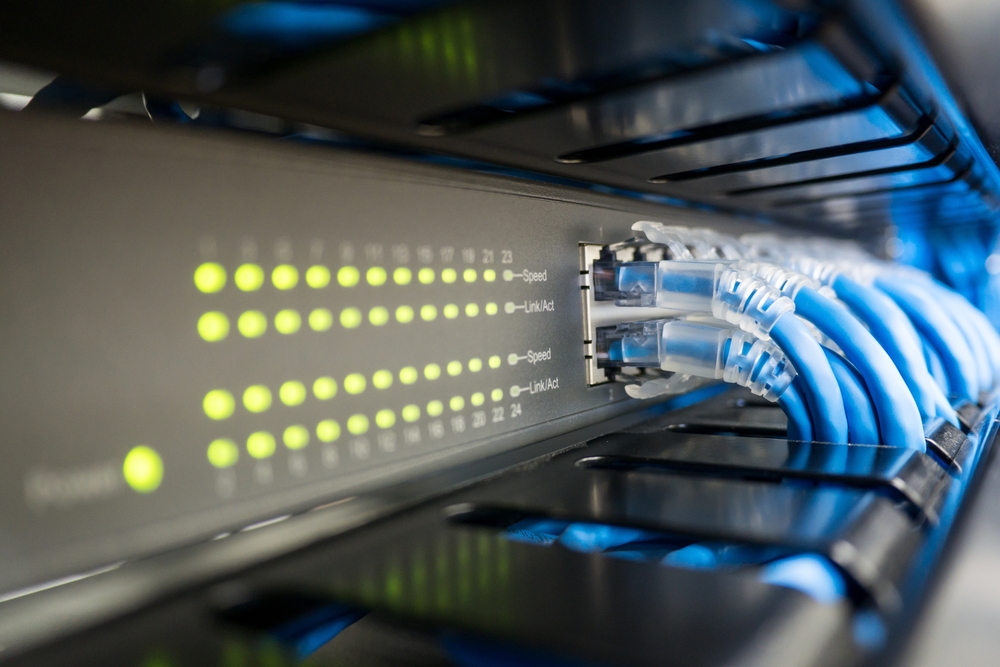When to Blame the Fieldbus: How Protocol Errors Disrupt Entire Systems

When a fault triggers equipment stoppage, you generally know where to start troubleshooting. But what happens when several pieces of equipment all go offline at once? HMI screens freeze, servo drives trip offline, and I/O modules stop responding. Maintenance teams rush to check individual components, but every device tests fine when isolated.
In these situations, the culprit often hides in the communication network connecting these systems. Fieldbus protocol errors create phantom failures that make healthy equipment appear defective. If you don’t know where to start problem-solving, these errors can lead your team down an expensive troubleshooting path that doesn’t address the root cause.
How fieldbus errors spread through systems
Modern automation systems depend on continuous communication between controllers, drives, sensors, and operator interfaces. These devices share data packets hundreds of times per second, creating a web of dependencies where each component relies on accurate information from others. When communication protocols function properly, this interconnected approach delivers exceptional coordination and performance.
But fieldbus networks create single points of failure that can disrupt entire production systems.
A corrupted data packet, timing error, or signal interference affects every device on the network segment. One malfunctioning node can flood the network with error messages, consume available bandwidth, or create timing conflicts that cascade through connected systems. The result looks like multiple unrelated failures when the real problem lies not with the equipment, but in the communication infrastructure.
Common fieldbus failure patterns
Fieldbus protocol errors follow predictable patterns that experienced technicians learn to recognize. Understanding these failure modes helps distinguish communication problems from actual device malfunctions.
- Timing and synchronization errors: Network devices lose coordination when timing signals drift or become corrupted, causing coordinated processes to fall out of sequence and triggering safety shutdowns.
- Data corruption and packet loss: Damaged communication cables, electrical interference, or overloaded networks create corrupted data packets that cause receiving devices to react unpredictably or enter fault states.
- Network bandwidth saturation: Too many devices on a single network segment or excessive diagnostic traffic can overwhelm communication capacity, creating delays that appear as device response problems.
- Grounding and electrical interference: Poor cable shielding, improper grounding, or electromagnetic interference from nearby equipment corrupts digital signals and creates intermittent communication failures.
- Protocol configuration mismatches: Devices configured for different communication speeds, data formats, or addressing schemes create network conflicts that affect system-wide performance.

Diagnostic techniques for protocol problems
Standard electrical testing often misses fieldbus protocol errors because it focuses on individual components rather than system communication. To properly diagnose (and resolve) a fieldbus error, you need a network-level approach:
- Network protocol analyzers that can identify corrupted packets, timing errors, and bandwidth issues
- Signal quality monitoring that can detect interference, impedance problems, or cable degradation
- Error logging analysis to review device fault histories to identify communication-related patterns
- Network isolation to segment network branches and identify problematic devices or cables
- Communication load testing that monitors network bandwidth utilization and response times
Each of these techniques can reveal network-level problems and qualify the downstream impact on equipment. And, more importantly, starting with network diagnostics allows technicians to identify top-level problems before they spend time and resources chasing equipment-specific hypotheses.
Start with the network, not the nodes
The next time multiple devices act up simultaneously, resist the urge to immediately start swapping components or checking individual device settings. Look for the hallmarks of fieldbus issues: coordinated timing problems, devices that test fine in isolation but fail during operation, or intermittent faults that affect seemingly unrelated equipment.
Taking a network-level diagnostic approach first can save hours of troubleshooting and prevent unnecessary part replacements. It’s a reminder that sometimes the best way to fix equipment problems is to stop looking at the equipment itself.
